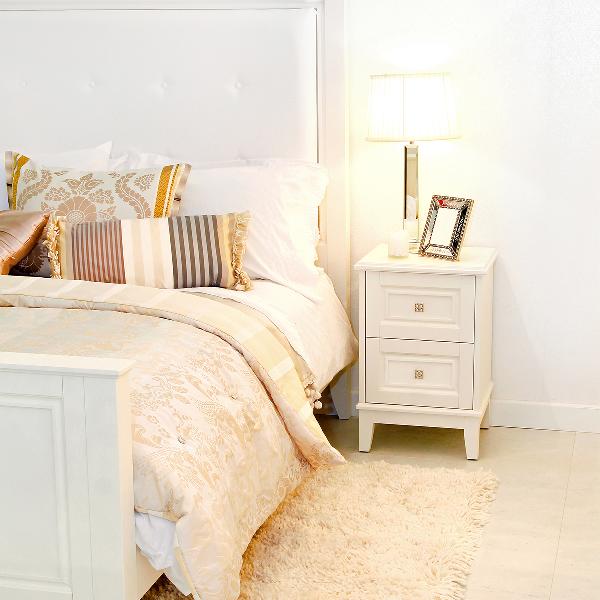The quality of a couple’s intimate life can be influenced by numerous factors, including illness, exhaustion, emotional distress, and relationship conflicts. However, one often overlooked aspect is the choice of location and the ambiance of the environment where intimacy takes place. Studies and experts suggest that the bedroom’s setup plays a crucial role in enhancing or diminishing sexual desire. From the absence of distractions like televisions to the careful selection of colors and lighting, creating a romantic and inviting atmosphere can significantly boost passion and connection between partners.

The Television Dilemma: Why Your Bedroom Should Be Screen-Free
Italian researchers have uncovered a surprising link between bedroom televisions and the frequency of intimacy. Their study of 523 Italian couples revealed that those without a TV in their bedroom engaged in sexual activity twice as often as those with one. Specifically, couples without a television averaged eight intimate encounters per month, compared to just four for those with a TV in their room.
This finding raises important questions about the role of technology in our private lives. Televisions in the bedroom can disrupt intimacy in several ways. For instance, many people habitually watch TV before bed, often becoming engrossed in shows or series. This can reduce communication between partners and diminish opportunities for connection. Additionally, the emotional impact of dramatic or distressing content can suppress sexual desire. Even the radiation emitted by televisions may have subtle negative effects on mood and health. For these reasons, experts recommend keeping televisions out of the bedroom to preserve a space dedicated to relaxation and intimacy.
Setting the Mood: The Power of Color and Lighting
Creating the right ambiance in the bedroom is essential for fostering intimacy, and color plays a significant role in this process. Since women’s sexual motivation is often more influenced by environmental factors, it’s advisable to design the bedroom’s color scheme with their preferences in mind. The key is to choose colors that complement their personality traits in a way that encourages emotional expression.
For example, if a woman is naturally outgoing and energetic, softer, more subdued tones like pale pink or lavender can evoke her gentler, more nurturing side. Conversely, if she tends to be reserved or introverted, vibrant colors like orange or light green can help unleash her hidden passion.
Lighting is another critical element. Instead of harsh overhead lights, opt for adjustable fixtures like dimmable lamps or candles. Soft, warm lighting can create a sense of intimacy and relaxation, making it easier for couples to connect on a deeper level.
Minimalism and Mystery: The Art of Bedroom Design
The physical layout of the bedroom also plays a role in fostering intimacy. A cluttered space filled with excessive furniture can create a sense of oppression and distraction. Instead, aim for a minimalist design that feels open and inviting.
Incorporating elements of mystery can also enhance the romantic atmosphere. For instance, placing a large mirror in the bedroom can add a sense of intrigue and playfulness. Position the mirror so that it reflects soft lighting from a lamp or candle, allowing couples to observe each other’s reactions and heighten their excitement.
Crafting a Sanctuary for Connection
The bedroom should be a sanctuary—a place where couples can escape the stresses of daily life and focus on their relationship. By eliminating distractions like televisions, carefully selecting colors and lighting, and embracing a minimalist design, couples can create an environment that nurtures intimacy and passion. These small but meaningful changes can transform the bedroom into a space where love and connection flourish, ensuring that partners can fully enjoy the joys of their relationship.
























